The Pope's Message for 21st WYD
JMJ+D
Made public yesterday was an extract of the Holy Father’s message on the occasion of the 21st World Youth Day, which will be celebrated on April 9, Palm Sunday.
Here are some of the key points that he makes to young people.
Authentic happiness can be found by being disciples of Christ. The Word of God will set you free!
"It is not easy to recognize and find authentic happiness in this world in which we live, where people are often held captive by the current ways of thinking. They may think they are 'free,' but they are being led astray and become lost amid the errors or illusions of aberrant ideologies. 'Freedom itself needs to be set free,' and the darkness in which humankind is groping needs to be illuminated. "Jesus taught us how this can be done: 'If you continue in My word, you are truly My disciples; and you will know the truth, and the truth will make you free.' The incarnate Word, Word of Truth, makes us free and directs our freedom towards the good."
The Word of God is mystical and historical. It will be your lamp during dark and difficult times.
"Meditate often on the word of God, and allow the Holy Spirit to be your teacher. You will then discover that God's way of thinking is not the same as that of humankind's. You will find yourselves led to contemplate the real God and to read the events of history through His eyes."
"On life's journey, which is neither easy nor free of deceptions, you will meet difficulties and suffering and at times you will be tempted to exclaim with the psalmist: 'I am severely afflicted.' Do not forget to add as the psalmist did: 'give me life, O Lord, according to Your word. ... The loving presence of God, through His word, is the lamp that dispels the darkness of fear and lights up the path even when times are most difficult.
Take the Word of God seriously. Listen to It, Believe It, Live It.
"The author of the Letter to the Hebrews wrote: 'Indeed, the word of God is living and active, sharper than any two-edged sword.' ... It is necessary to take seriously the injunction to consider the word of God to be an indispensable 'weapon' in the spiritual struggle. This will be effective and show results if we learn to listen to it and then to obey it. ... The secret of acquiring 'an understanding heart' is to train your heart to listen. This is obtained by persistently meditating on the word of God and by remaining firmly rooted in it through the commitment to persevere in getting to know it better."
Get a Bible and Love the Word, Study It and Contemplate It.
"I urge you to become familiar with the Bible, ... so that it can be your compass pointing out the road to follow. By reading it, you will learn to know Christ. ... A time-honored way to study and savor the word of God is 'lectio divina' which constitutes a real and veritable spiritual journey marked out in stages. After the 'lectio,' which consists of reading and rereading a passage from Sacred Scripture and taking in the main elements, we proceed to 'meditatio,' ... in which the soul turns to God and tries to understand what His word is saying to us today. Then comes 'oratio' in which we linger to talk with God directly. Finally we come to 'contemplatio.' This helps us to keep our hearts attentive to the presence of Christ."
"Reading, study and meditation of the Word should then flow into a life of consistent fidelity to Christ and His teachings."
If Jesus calls you do not be afraid! The world needs you to spread the Good News.
"To build your life on Christ, to accept the word with joy and put its teachings into practice: this, young people of the third millennium, should be your program! There is an urgent need for the emergence of a new generation of apostles anchored firmly in the word of Christ, capable of responding to the challenges of our times and prepared to spread the Gospel far and wide. It is this that the Lord asks of you, it is to this that the Church invites you, and it is this that the world - even though it may not be aware of it - expects of you! If Jesus calls you, do not be afraid to respond to Him with generosity, especially when He asks you to follow Him in the consecrated life or in the priesthood. Do not be afraid; trust in Him and you will not be disappointed."
EWTN


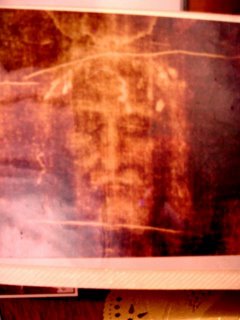



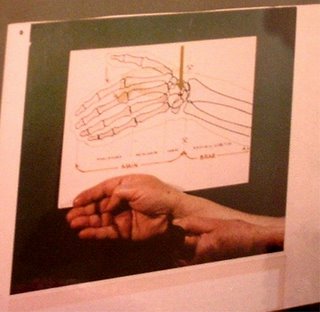
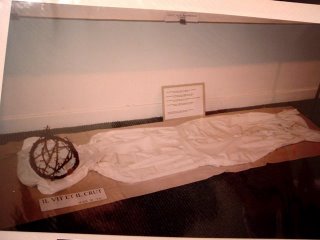
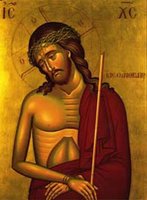
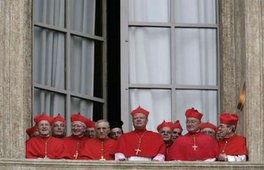

 The Chair of St. Peter
The Chair of St. Peter










